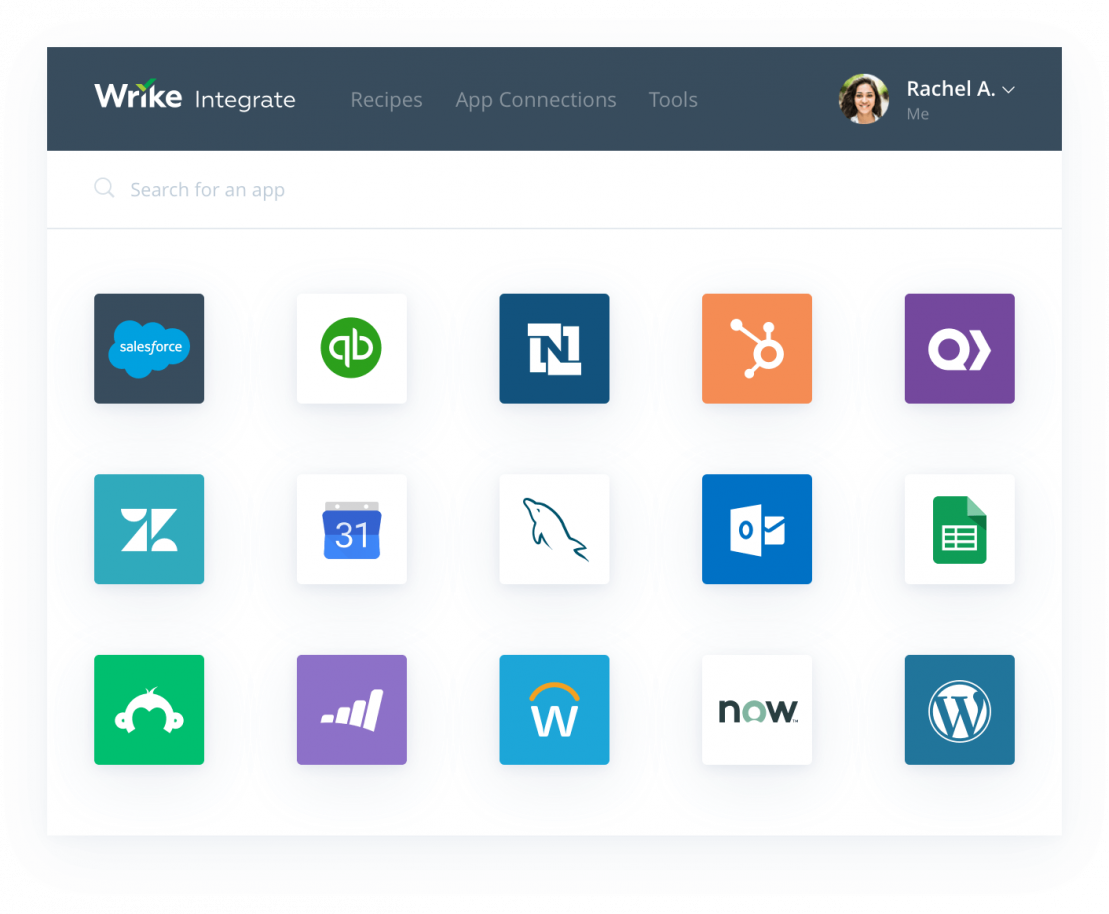Key takeaways:
- What steps should I take to ensure a smooth Asana to Wrike transition? Start with Wrike certification for project managers, then arrange a kickoff meeting to explain benefits to the team.
- How can I customize Wrike for my team? Demo a personalized workspace featuring your branding, workflows, and project templates to enhance user engagement.
- What routine tasks should be covered during the onboarding? Walk employees through essential tasks like creating tasks, setting deadlines, and using integrations with tools like Google Calendar and Slack.
- How do I manage the logistics of migrating tasks? Use XLS files to move Asana tasks to Wrike and plan the migration during low-activity periods to minimize disruption.
- What ongoing support should I provide post-migration? Schedule follow-up meetings to address challenges and encourage adoption by emphasizing improved productivity benefits.
Congrats on choosing Wrike, the Asana alternative that high-achieving teams opt for. Naturally, you might be looking for ways to make the transition from Asana to Wrike business process management software seamless for your employees.
Our intuitive project management software does its bit here, but new technology adoption can be a challenge — especially for a solution that people use every day.
To give you a head start, we’re listing 10 steps that teams switching to Wrike from Asana will find useful. Use these to create your personalized Asana-Wrike migration roadmap and empower your employees to use Wrike’s business process management software like a pro.
1. Get Wrike certified
Enroll your project manager in our Wrike Certification program, where we’ll put them on a fast-track to becoming a Wrike expert. Think of it as going from being a new user to a power user quickly with compact training that combines Wrike’s features with work management best practices.
This certification won’t just help them set up more productive projects, it will also enable them to help others get started.
2. Arrange a "switching to Wrike" kickoff meeting
Not every team member is a stakeholder when choosing a new project management solution. But everyone on the team will need to use it. That’s why you’ll need to "sell" the Wrike platform to some team members.
Arranging a meeting can help you with this effort. In this meeting, discuss how they can become more efficient with Wrike, something that will appeal to about 34% of them.
The idea is to explain what’s in it for them.
3. Demo your personalized Wrike workspace
When you introduce your employees to Wrike, instead of showing them Wrike’s default workspace, demo a personalized workspace. Your custom workspace can have your branding, knowledge base, custom workflows, project templates, and much more. These customizations help make Wrike your own.
You can also show them how to customize their individual accounts to make it feel like their personal workspace:
4. Do walk-throughs of routine project management tasks
Give your employees quick tours on how to perform day-to-day work management tasks with Wrike.
These could be:
- Creating a task
- Setting a deadline
- Creating a subtask and assigning it to a team member
- Posting a comment tagging a co-worker
- Setting up integrations with Google Calendar and Drive
Demo workarounds for things your employees are used to doing in Asana that they may have to do differently in Wrike.
5. Explain how to power work with Wrike’s integrations
Show your employees how they can use Wrike with their everyday tools and skyrocket their productivity:
- Wrike + Gmail/Outlook: Explain how easy it is to create tasks from incoming emails in Gmail and Outlook.
- Wrike + Slack: Explain how effortlessly they can create Wrike tasks from the Slack app or post-task previews.
- Wrike + Dropbox: Explain how adding Dropbox files to Wrike tasks takes just one click.
6. Shine the spotlight on the new stuff
You probably switched to Wrike from Asana because Asana lacked the features you needed. So, talk about the productivity features that your team now has access to with Wrike.
Take the Wrike desktop app, for instance. Or Wrike’s native time-tracking functionality. Or Gantt charts and folders.
7. Take care of the logistics
You can move 5,000 Asana tasks to Wrike with a single XLS file. If you have more tasks, simply create more XLS files.
Along with a task’s title, Wrike can easily import details like start and end dates, task descriptions, assignees, and more.
Here’s a detailed tutorial on how you can move your Asana content to Wrike.
You can also use Wrike Integrate for making the move.
8. Communicate about the migration
Choose a good time to roll out the migration.
Switching during busy periods or in the middle of a complex project can make your employees feel stranded. To avoid any inconvenience, review your project management calendar and find a slot where the migration will have the least impact on their productivity.
Be sure to let your employees know that they won’t be able to log into their existing Asana accounts when the migration is in progress and that they should receive their Wrike signup emails in the meantime.
9. Build a Wrike onboarding project
Make a list of the things your employees must be able to do to be "Wrike-ready." You can choose all the activities from the walk-throughs you demoed. Doing this ensures that they know how to use Wrike in their everyday work life.
To make things a little more exciting, add reward points for each step completion. Let your employees exchange their points with an Amazon gift card or other reward program. Such incentivization can go a long way.
10. Arrange follow-up meetings
Schedule a bunch of follow-up meetings to discuss your employees’ progress with adopting Wrike and resolve any issues they might encounter.
It’s also important to keep re-emphasizing how their efforts will help them win back their time while producing better results.
You can make your manager the facilitator at these meetings. Didier Bonnet, Global Practice Leader at Capgemini Consulting, explains the role of a manager in such transitions: “The job of a manager is to help people cross the bridge — to get them comfortable with the technology, to get them using it, and to help them understand how it makes their lives better.”
Get started on your Asana to Wrike migration
Transitioning to a new project management solution doesn’t have to be difficult. It can be made seamless with a little preparation.
If you want to make the Asana-Wrike migration even more effortless, talk to our professional services team about a deployment package that works for your organization. We’ve helped thousands of teams just like yours offboard from their current project management solution and onboard with Wrike.






